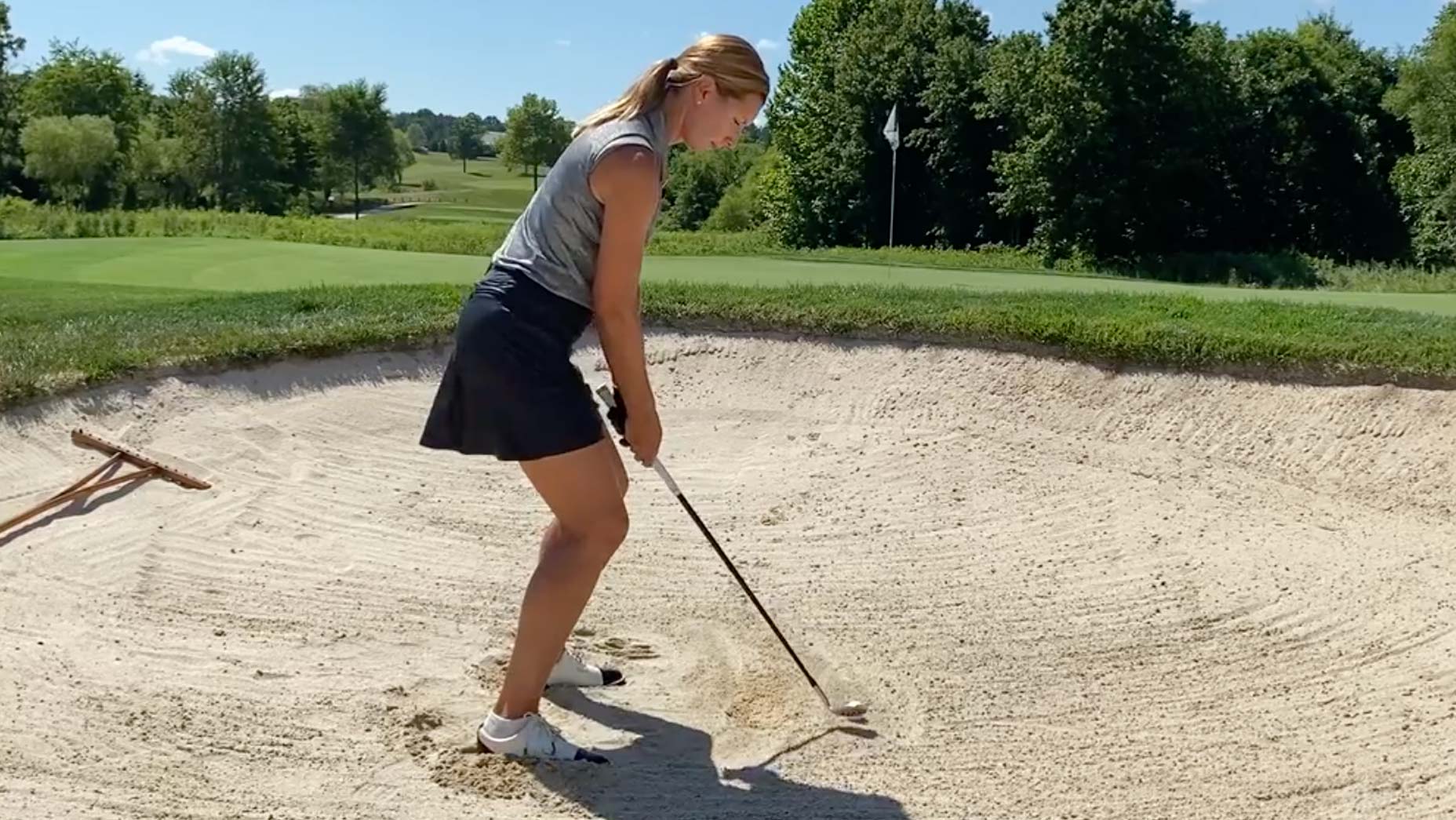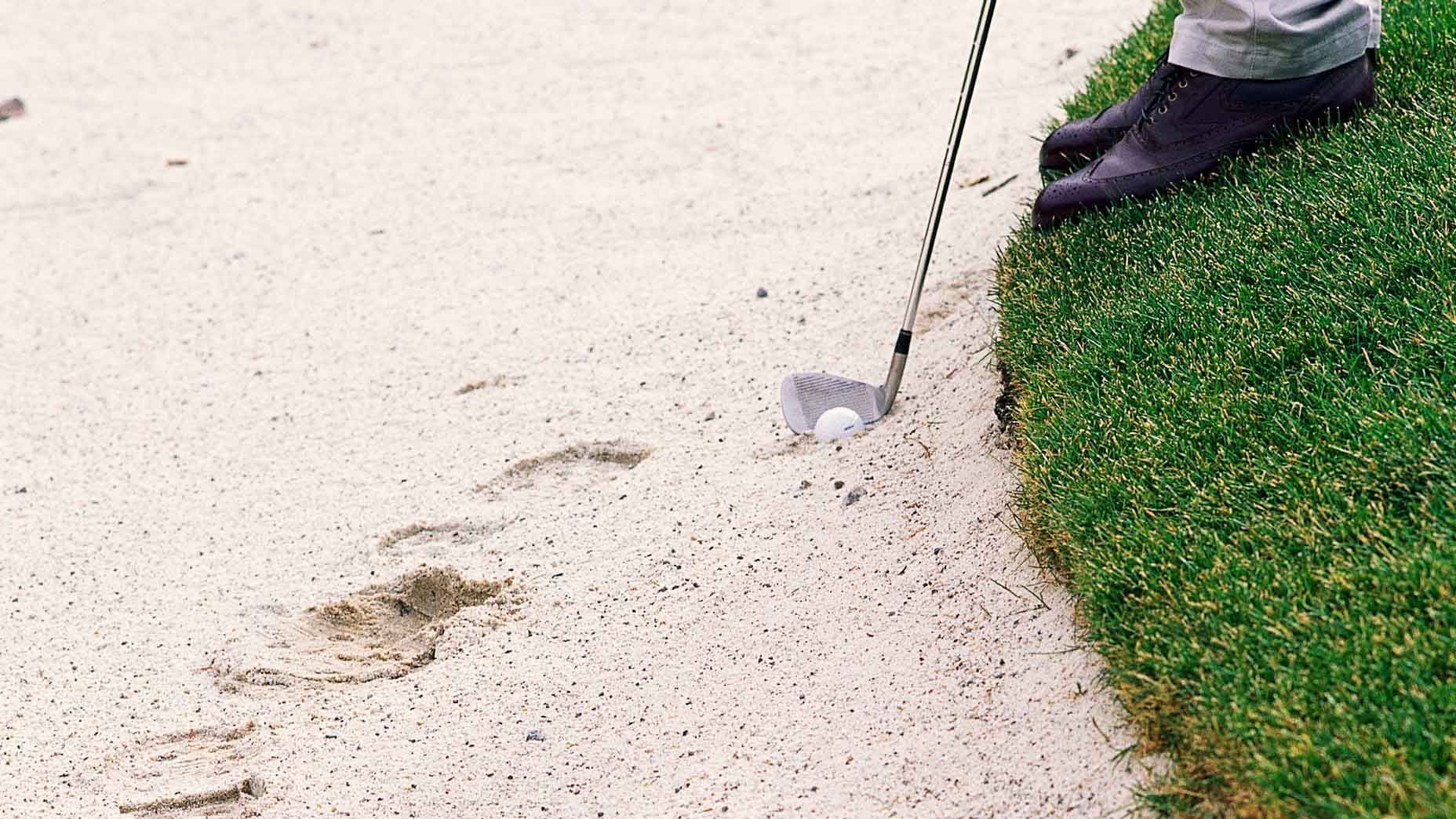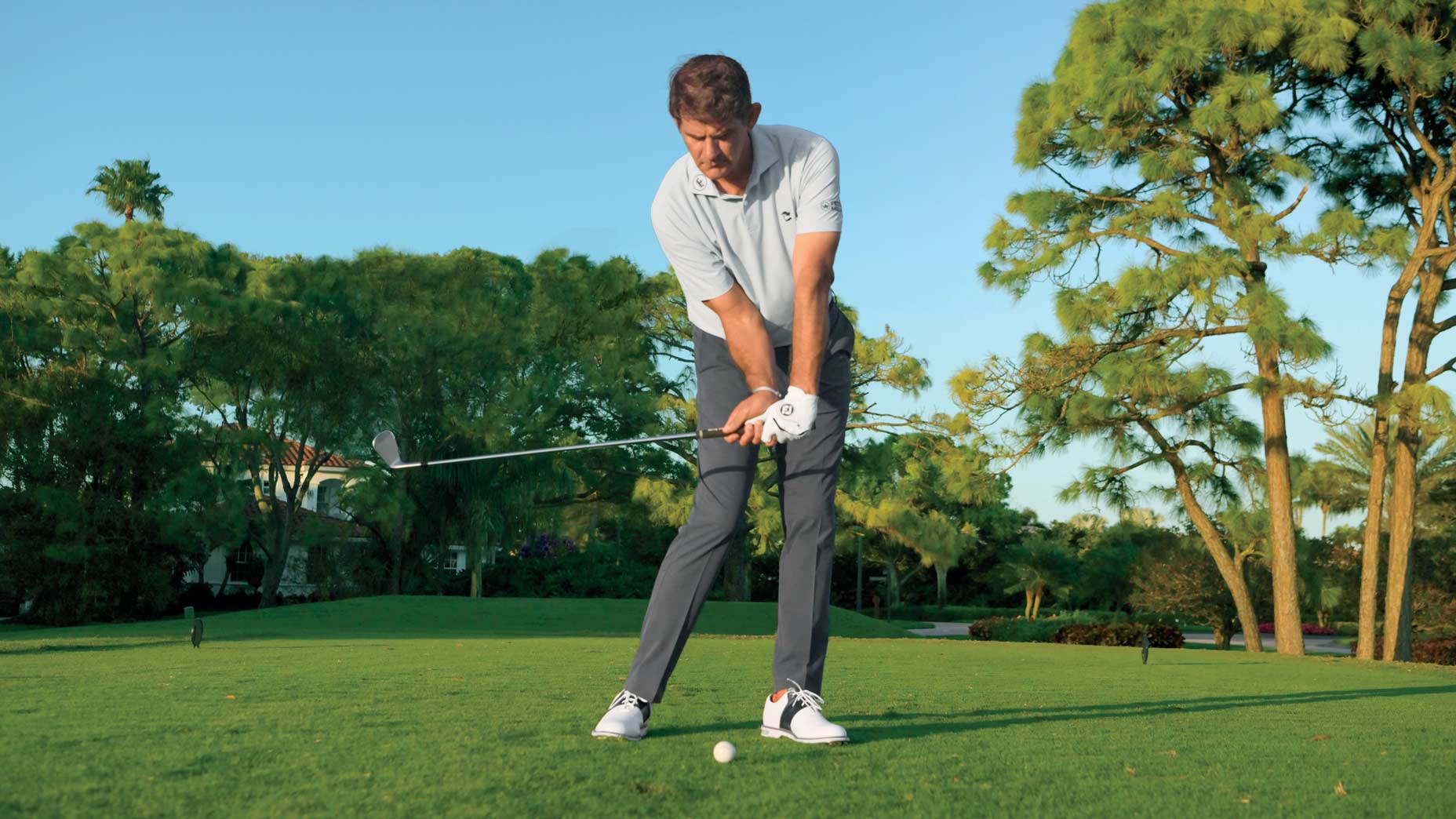No one could have known that flying lessons would lead to one of the great innovations in the game of golf. But that’s exactly what happened in 1931 when Gene Sarazen went flying with billionaire Howard Hughes.
One day as they were getting ready to take off Sarazen noticed how Huge changed the flaps on the wings to help add lift to get the plane off the ground. When Sarazen got home, he couldn’t get the idea out of his head as he was trying to improve his bunker game. In that era of golf, hitting your ball into a greenside bunker was an almost certain lost shot.
Then, Sarazen had an idea. He was sponsored by the Wilson Sporting goods company, so he called and asked if they could send him a dozen pitching wedges. He took the wedges and melted solder on the back half of the sole on the bottom of the wedge, raising the back edge higher than the front (leading) edge. In effect, this created a rudder for the bottom of the wedge, plus it added additional weight. Having the back sole of the club higher than the leading edge created bounce on Sarazen’s wedge.
How did Sarazen’s flight lesson inspire such innovation? The answer is that he saw the plane flap was rounded and not flat. That roundness effectively created bounce.
Sarazen snuck the newly developed club into his bag at the 1932 Open Championship. The first nine holes he hit into three greenside bunkers and got up and down all three times. He went on to win the Open Championship that year by five shots.
5 easy steps to get up-and-down from the bunker like a proBy: Zephyr Melton
In 1933 the Wilson Sporting Goods Company mass produced the Wilson R90 sand wedge, changing bunker play in golf.
As an instructor, I’ve always found it valuable to understand why things are built the way they are and their purpose. I explain this Sarazen story each player I am helping with bunker play, whether it be a novice or Tour pro. Understanding how to use the bottom of a sand wedge is the key to using the loft properly.
Your sand wedge wants you to use the bottom of the club — the bounce — to slide along the sand and allow the loft of the club to be used properly.
So next time you’re getting ready to walk into a bunker, remember the origins of the sand wedge. This knowledge of why the club is built the way it is might just improve your bunker game.











